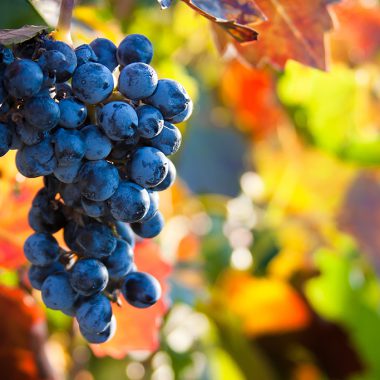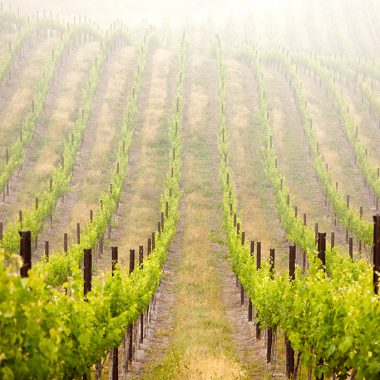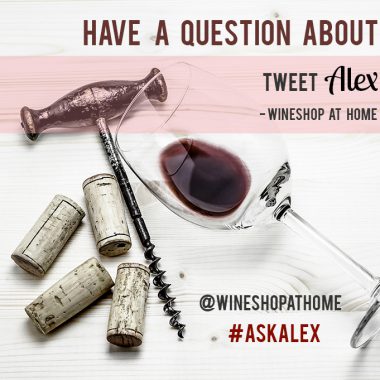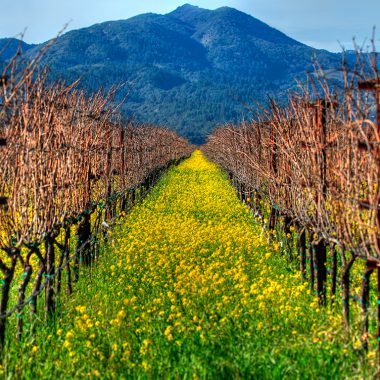Frost Protection in the Vineyards
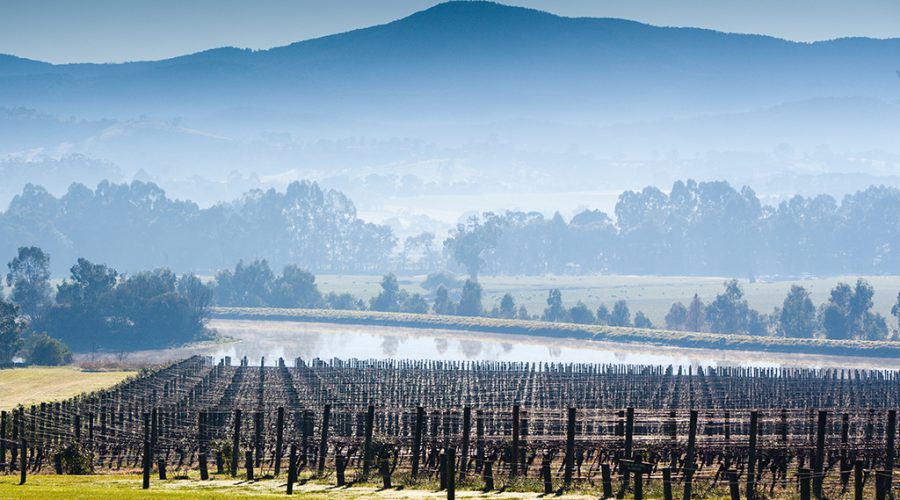
In our last article about “Bud Break,” we learned how different grape varietals develop over a two month period. We are mid-April and some of the buds have just started to expand and some of them are already fifteen inches long. This is an exciting time for vineyard managers but it is also the scariest time. Indeed, young vines are very vulnerable to late frost.
Last week I woke up at 3:00AM to the sounds of airplanes surrounding our house. The noise was similar to an Air Show on the 14th of July. That sound was in reality the deployment of effective counter measures against low temperature settling in our valley at this time of the year. In Saint Helena, in the middle of the Napa Valley, the outside thermometer was reading in the low 30’s.
The most common system used is a large fan implanted in the middle of the vineyards with the purpose of disturbing this cold freezing air mass avoiding burning the young vegetal cells.
When the temperature is low enough, generally in the middle of the night or early morning, this large contraption is engaged. A large propeller, similar to an airplane, is powered by propane gas and starts its duty nonstop for around five hours.
Another weapon, in the vineyard manager’s arsenal, is the burner or space heater. This system creates a blanket of warm air protected from the cold air and has been around since the Roman Empire.
An effective low cost method used as well is pulsed irrigation with overhead sprinklers. They deliver water at a low average precipitation rate ranging from 2.5 to 5ml/Hour. As the water is deposited on the foliage it freezes, preventing the temperature of the foliage from falling below zero. This is a growing trend as long as water supplies are available.
The amount of heat generated is small, but enough to get trapped between the green tissue and the ice and keep the vines protected as long as it doesn’t get too cold (below 28 °F/-2.2 °C on average) or stay cold for too long (more than a few hours).
People who can afford it have also been using helicopters, flying low, to create the same type results; expensive but very effective to battle frost.







